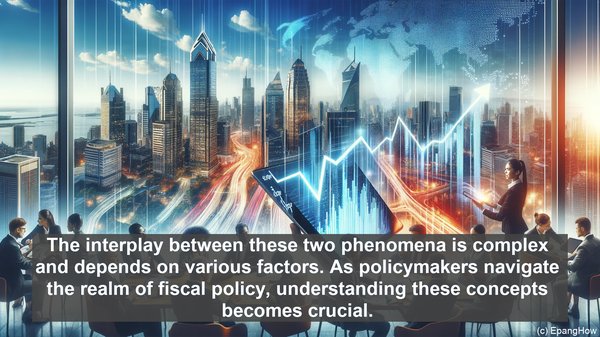Introduction
Hello everyone! Welcome to our article on the intriguing topic of crowding in and crowding out in fiscal policy. In today’s discussion, we’ll delve into the definitions, causes, and consequences of these two phenomena. So, let’s get started!
Defining Crowding In
Crowding in refers to a situation where increased government spending leads to a subsequent rise in private sector investment. When the government injects funds into the economy through infrastructure projects or other initiatives, it creates a demand for goods and services. This increased demand, in turn, encourages businesses to invest in expanding their production capabilities, hiring more employees, and overall economic growth.

Understanding Crowding Out
On the other hand, crowding out occurs when government spending is financed through borrowing, which leads to higher interest rates. These increased interest rates make borrowing more expensive for businesses and individuals. As a result, private sector investment decreases, and the overall economic growth may be hampered. In this scenario, the government’s increased spending ‘crowds out’ private investment, as businesses and individuals find it less attractive to invest due to the higher borrowing costs.

Factors Influencing Crowding In and Crowding Out
Several factors can determine whether crowding in or crowding out will be the dominant effect. Firstly, the state of the economy plays a crucial role. In times of recession or low economic activity, crowding in is more likely to occur. This is because the government’s increased spending can act as a stimulus, encouraging private sector investment. Conversely, in a booming economy, where resources are already in high demand, crowding out is more probable. Additionally, the source of government funding is significant. If the government finances its spending through taxation or existing revenue, the crowding out effect may be mitigated. However, if borrowing is the primary means of financing, crowding out becomes more pronounced.
Implications of Crowding In and Crowding Out
The implications of these two phenomena are far-reaching. Crowding in can lead to a multiplier effect, where the initial government spending generates a chain reaction of increased economic activity, job creation, and higher tax revenues. This can be particularly beneficial during an economic downturn. On the other hand, crowding out can result in a ‘loanable funds’ dilemma, where the limited pool of available funds is allocated to the government, potentially depriving the private sector of much-needed capital. This can hinder business expansion, innovation, and overall economic dynamism.
